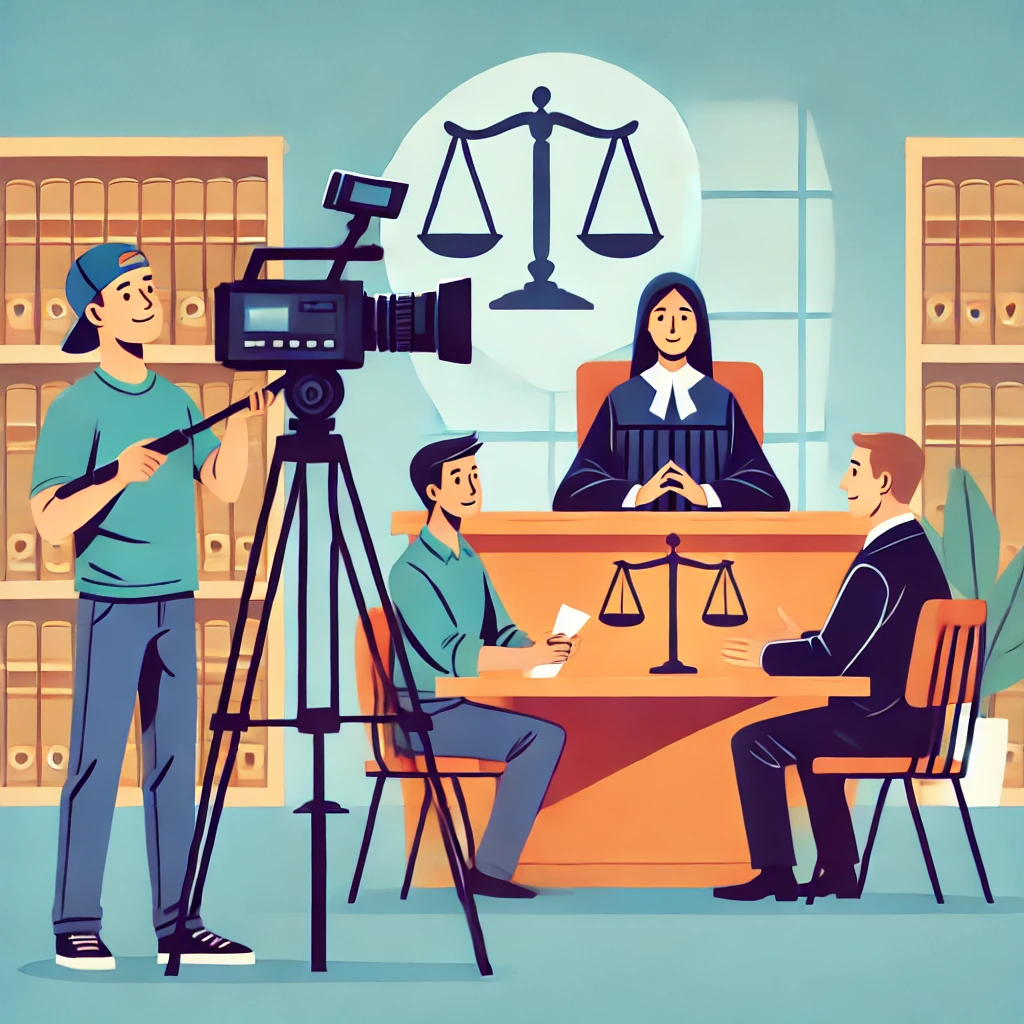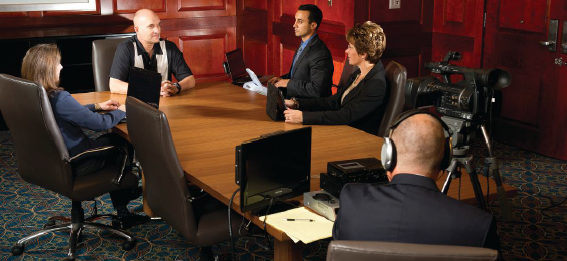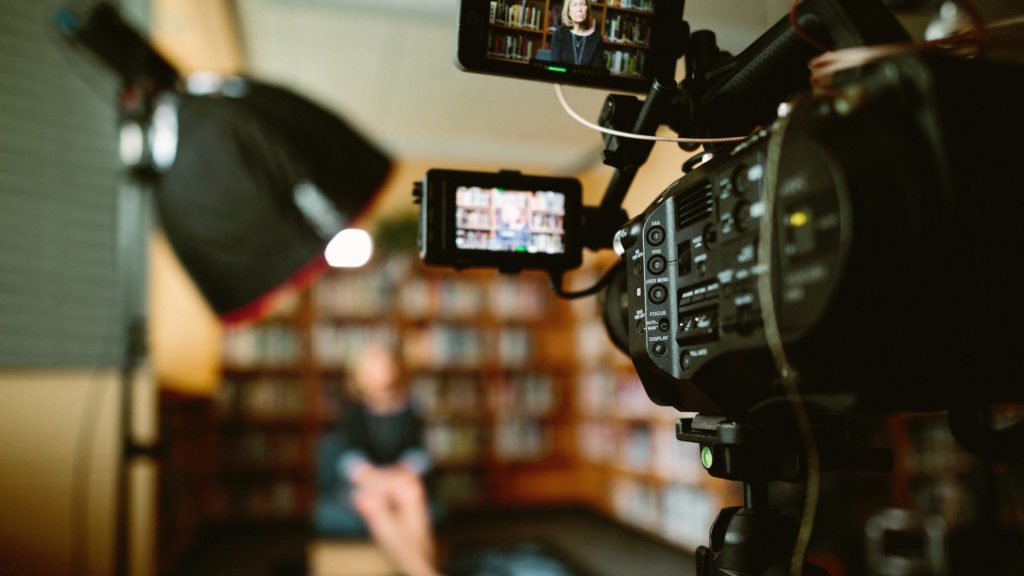Comprehensive Legal Videography for Legal Support.
Comprehensive Legal Videography for Legal Support.
Blog Article
The Function of Legal Videography in Depositions and Trials
Lawful videography has actually arised as a crucial device in both depositions and tests, offering a diverse technique to recording witness testimonies. As lawful experts progressively recognize its worth, it prompts a much deeper exam of how these visual records can affect juror perceptions and test results.
Value of Legal Videography
Lawful videography plays a pivotal duty in the documents and presentation of depositions and trials. This specific field integrates technological skills with legal expertise to create a trusted document of proceedings that can significantly affect case results. The aesthetic aspect of lawful videography improves the understanding of witness testament, allowing jurors and judges to observe not only the talked words yet also the attitude, emotions, and body language of the witnesses.

The relevance of legal videography prolongs beyond the court; it additionally plays a vital role in maintaining evidence for future recommendation, whether for charms or more lawsuit. As such, its combination right into the lawful process is important for ensuring a fair and accurate depiction of the facts, inevitably adding to the search of justice.

Process of Legal Videography
While catching the subtleties of depositions and trials, the process of lawful videography involves numerous critical steps that make certain top quality, precise recordings. A professional lawful videographer prepares by evaluating the situation materials and comprehending the particular demands of the deposition or test. This preparation includes acquainting themselves with the participants and the context, which assists in recording important details.
On the day of the recording, the videographer sets up the needed tools, which usually consists of high-def cams, microphones, and appropriate lights. Making certain ideal angles and sound high quality is important, as it straight impacts the efficiency of the recording. The videographer communicates with lawyers and individuals to develop protocols, ensuring that everyone recognizes the recording procedure.
During the deposition or test, the videographer diligently tapes the procedures, paying attention to both verbal and non-verbal signs. legal videography. This consists of recording the disposition and responses of witnesses and attorneys. After the session wraps up, the videographer might edit the video footage for clearness and conformity with lawful standards, producing a final item that properly shows the proceedings for future referral and use in lawful contexts
Advantages in Depositions
The incorporation of videography in depositions uses numerous advantages that boost the general process of collecting proof. One primary advantage is the capacity to check out here capture witness statements with visual and auditory integrity, supplying a much more precise depiction of the witness's disposition, tone, and body movement. This multidimensional method permits lawyers and courts to analyze integrity better than standard written records alone.
Additionally, videographed depositions act as an effective tool for protecting statement. Should a witness ended up being inaccessible for test, their tape-recorded deposition can be played in court, making sure that their proof stays available and relevant. This facet considerably reduces the risk of shedding crucial information that can influence case outcomes.
Additionally, using lawful videography advertises much better preparation for lawyers. Evaluating video clip footage permits legal groups to assess and improve their techniques, recognizing toughness and weaknesses in their instances. This preparatory benefit can bring about more compelling presentations in court.
Finally, videography enhances the total professionalism and trust of the deposition procedure, instilling self-confidence in clients pertaining to the thoroughness of their lawful representation. By leveraging technology, lawful specialists can considerably boost the performance of depositions.
Effect On Trials
In many trials, the combination of videography can significantly affect the discussion of evidence and the court's assumption. Lawful videography catches witness testaments and essential proof in a dynamic format, permitting jurors to involve with the product browse around these guys on multiple degrees. This visual element boosts the narration aspect of a trial, offering context and emotional vibration that typical text-based proof may do not have.
Furthermore, video recordings can function as effective tools for impeachment during cross-examination. When discrepancies emerge in between a witness's prior statements and their court testament, video proof supplies an unbiased reference that can guide jurors' point of views. This immediacy and clarity can strengthen the reliability of an event's narrative while all at once threatening opposing disagreements.
In addition, the use of videography can aid improve complex information, making it much more accessible to jurors who may struggle to understand detailed details offered only via verbal statement. By incorporating visuals with auditory information, legal videography can boost retention and understanding, inevitably influencing the court's decision-making process. The effect of videography in tests extends past plain aesthetic appeals; it plays a vital function in forming the legal landscape and end results.
Future Trends in Legal Videography
As we look toward the future of legal videography, several emerging patterns promise to reshape its role within the court room. One considerable useful source fad is the integration of artificial intelligence (AI) in video analysis and editing and enhancing - legal videography. AI can enhance the process of determining crucial minutes in recorded depositions, allowing attorneys to rapidly access appropriate content, thus improving performance in case prep work
Additionally, the surge of virtual fact (VR) and increased reality (AR) innovations is expected to change just how jurors experience proof. By immersing jurors in a substitute atmosphere, these modern technologies can provide an extra extensive understanding of complex scenarios, resulting in even more informed considerations.

Furthermore, the boosting demand for remote depositions, increased by the COVID-19 pandemic, will likely proceed. Legal videographers will certainly require to adapt to new software program and platforms to make certain premium recordings in online setups.
Lastly, the growing focus on data safety and security will certainly demand stricter procedures for keeping and sharing video proof. As the legal landscape progresses, lawful videographers must remain abreast of these patterns to preserve their importance and effectiveness in the judicial procedure.

Verdict
In recap, legal videography offers a crucial function in the judicial procedure, improving the stability of depositions and tests. By catching the subtleties of witness statements, this medium not just maintains crucial proof yet also aids in offering information properly to jurors. The value of aesthetic paperwork in reviewing integrity and helping with cross-examination can not be overstated. As technology continues to evolve, lawful videography is positioned to more transform its function within the legal landscape.
Report this page